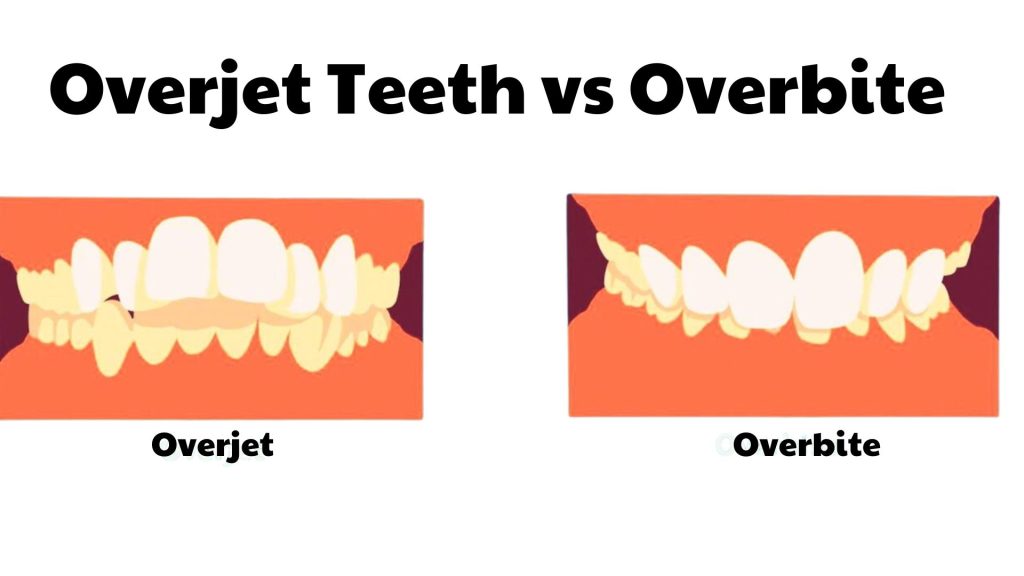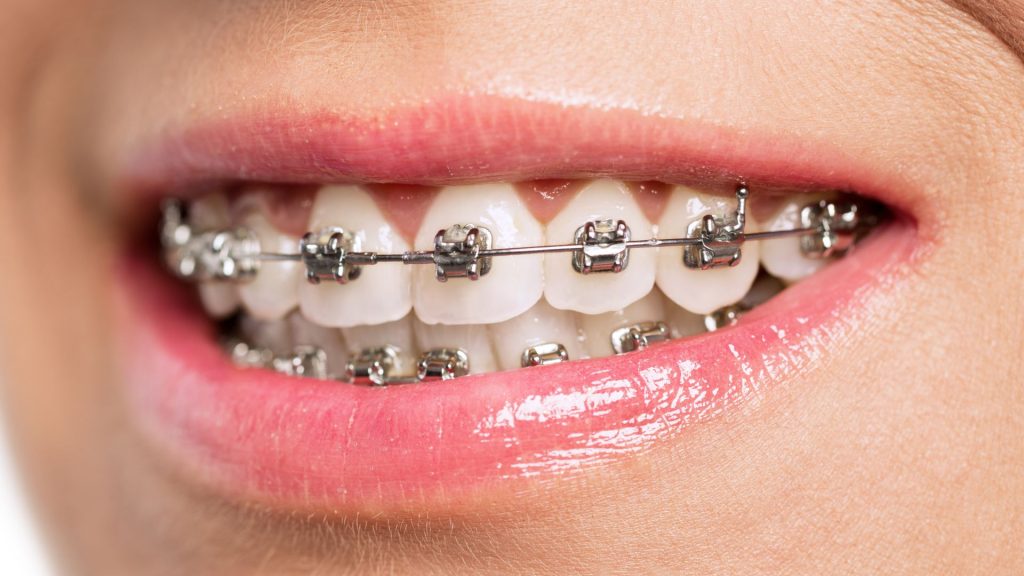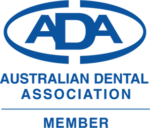Overjet is a common dental condition, with studies showing that it affects approximately 18.3% of children aged 7 to 15. While it may seem like just a cosmetic issue, overjet and overbite can both impact dental function, oral health, and overall well-being. Many people confuse the two conditions, but they have distinct causes, effects, and treatments.
Overjet occurs when the upper front teeth extend forward beyond the lower teeth, creating a noticeable gap. This can make biting and chewing difficult, cause speech problems, and even increase the risk of dental trauma. On the other hand, an overbite happens when the upper teeth significantly overlap the lower teeth in a vertical direction. A severe overbite can lead to excessive tooth wear, jaw pain, and facial asymmetry over time.
What Causes Overjet and Overbite?

The causes of these dental misalignments vary. Overjet is often linked to genetic factors, prolonged thumb sucking, pacifier use, or improper oral posture during childhood. Missing lower teeth or an underdeveloped lower jaw can also contribute to this condition. In contrast, overbite is frequently caused by jaw growth abnormalities, teeth grinding, and habits such as excessive nail-biting or pen-chewing. Without intervention, these conditions can worsen over time and lead to further oral health complications.
Effects of Overjet and Overbite on Oral Health
If left untreated, both overjet and overbite can create serious issues beyond just appearance. Overjet can result in difficulty chewing food properly, speech impediments, and an increased likelihood of chipping or fracturing the front teeth. The gap caused by overjet may also lead to uneven tooth wear, making the teeth more prone to decay.
An overbite, on the other hand, can cause excessive strain on the jaw, leading to temporomandibular joint (TMJ) discomfort, headaches, and even difficulty closing the lips properly. Additionally, in severe cases, the lower teeth may press into the roof of the mouth, causing irritation or damage to the gums.
Does Overjet Teeth vs Overbite Affect Speech?
Yes, overjet teeth and overbite may impact speech and articulation. When the teeth and jaws aren’t properly aligned, the tongue, lips, and other articulatory structures can’t be in their optimal positions, which may cause speech problems.
- Overjet—the horizontal protrusion of the upper front teeth beyond the lower front teeth—can influence sound production. It may make “s,” “z,” “sh,” and “ch” difficult to pronounce.
- Overbite occurs when the upper front teeth overlap the lower front teeth vertically. When the overbite is extreme, the upper front teeth cover a considerable percentage of the lower front teeth, making it difficult to articulate certain sounds, especially those that entail tongue-tooth contact, such as “t,” “d,” “l,” and “th.”
How to Treat Overjet and Overbite?
The good news is that both conditions are treatable with modern orthodontic and dental interventions. Treatment options vary depending on the severity of the misalignment.
Orthodontic Treatment
For mild to moderate cases, braces and clear aligners are effective solutions. Braces gradually shift the teeth into their correct positions, while clear aligners provide a discreet alternative with similar results. These treatments help bring the teeth into better alignment, improving function and appearance over time.

Dental Appliances and Jaw Correction
In younger patients, growth-modifying appliances such as headgear or functional appliances may be used to correct jaw positioning before permanent teeth fully develop. These devices help guide proper growth and alignment, reducing the need for extensive treatment later on.
Surgical Options
For severe cases where skeletal issues are involved, orthognathic surgery may be recommended. This procedure repositions the jaw to improve bite function and facial balance.
Can Overjet Be Fixed Without Braces?
If you’re concerned about the appearance of overjet but prefer not to wear braces, certain cosmetic treatments may help mask the issue. Dental bonding, veneers, and crowns can reshape teeth to minimize the visual impact of overjet. However, these solutions do not correct the misalignment itself, which means that if overjet is causing functional problems, orthodontic or surgical intervention may be necessary.
What Happens If Overjet and Overbite Are Left Untreated?
Ignoring overjet and overbite can lead to worsening dental and jaw issues over time. Without treatment, you may experience:
- Increased risk of tooth damage – Protruding teeth are more prone to fractures and wear.
- Difficulty chewing and biting – Misalignment can cause uneven pressure on teeth, leading to jaw strain and discomfort.
- Speech difficulties – Overjet, in particular, can affect how certain sounds are pronounced.
- Jaw pain and TMJ issues – Misalignment may contribute to headaches and jaw joint pain.
Best Age to Treat Overjet and Overbite
The ideal time for treatment is during childhood or adolescence, as jaw growth can still be guided. Early intervention, typically between the ages of 7 to 14, allows for more effective and less invasive corrections. However, treatment is still possible for adults, although it may take longer and sometimes require surgical options. Generally, no age is too late for correction, but earlier treatment ensures better outcomes and prevents complications.
Preventing Overjet and Overbite
Although some cases of overjet and overbite are hereditary, certain habits can help reduce the risk of developing these conditions. Encouraging proper tongue posture, discouraging prolonged thumb-sucking in children, and maintaining good oral hygiene can support healthy dental alignment. Regular dental check-ups also play a crucial role in detecting misalignment early and preventing it from worsening over time.
Take Action for a Healthier Smile
Overjet and overbite aren’t just cosmetic concerns, they can impact your daily life, from eating and speaking to overall oral health. The good news is that treatment is available, whether through orthodontics or cosmetic options, depending on your needs.
If you’re unsure about your bite alignment, consulting a dentist is the best step forward. At Spring Orchid Dental in Bassendean, we assess your condition and provide tailored solutions to improve both function and aesthetics. Don’t wait for complications to arise! Schedule a consultation with us today and take the first step toward a healthier, more aligned smile.
—
This article is for informational purposes only. You should visit a dental professional to accurately assess your condition. This article does not replace professional dental advice. Book an appointment with our dentist today to receive a comprehensive evaluation and personalized treatment options.





